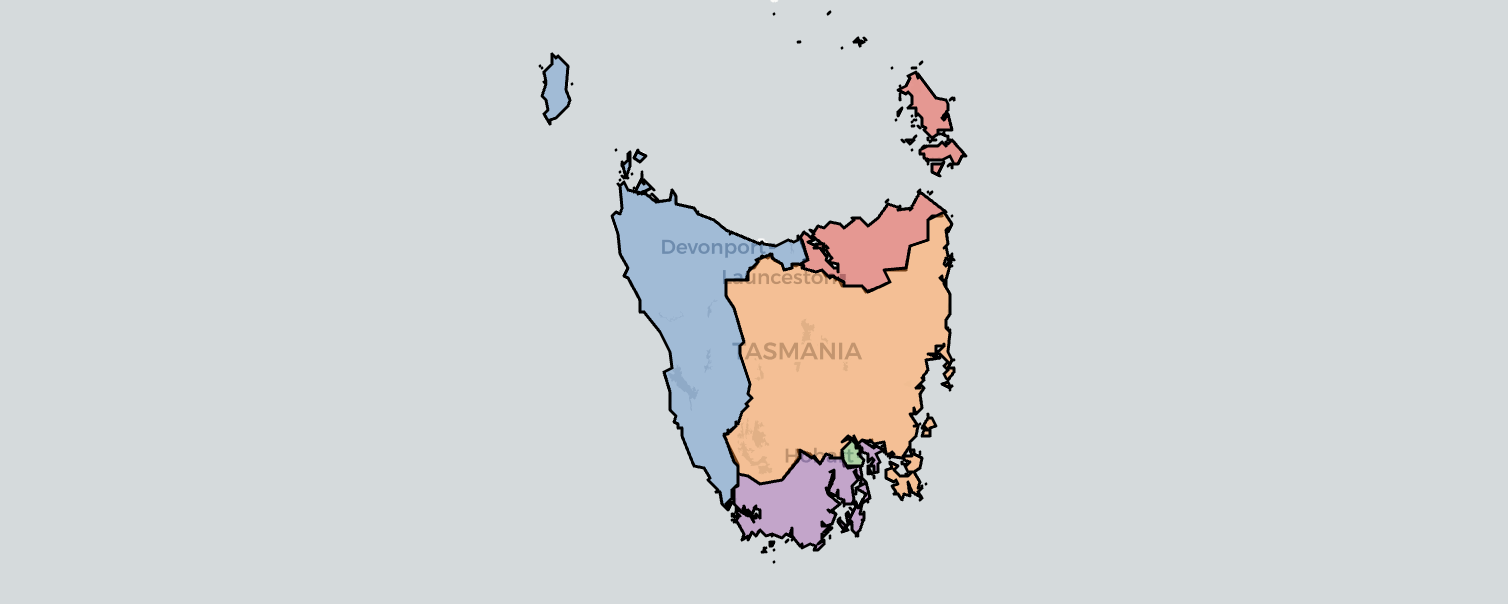Tasmania’s Hare-Clark system is proportional, but it’s not purely proportional. Each division elects seven members, and results are not just about how many votes each party receives – results are dependent on how preferences flow and how votes split within each party’s ticket.
Yet the Tasmanian election produced an almost perfect result when it comes to proportionality. While Tasmanian elections usually produce more proportional results than we see under other electoral systems in Australia, this one has produced the most proportional result in at least 46 years.
This chart compares the number of votes and seats won for each political grouping.
The average number of votes per seat won for each group ranges from 9,117 for Labor to 10,779 for independents. You wouldn’t normally expect independents to perform so well since they are not a coherent bloc (and you can have a bunch of different candidates polling separate small vote shares) but this time it has happened.
You can also see how remarkable this is by comparing results over a long time scale. The Gallagher index measures how closely vote shares and seat shares match at each election. A score of 0 would indicate perfect proportionality, while the recent Australian lower house election produced a remarkable score of 23.
There was a notable increase in disproportionality when the Assembly was cut in size from 35 to 25 – total assembly size and district magnitude both correlate with proportionality. Yet still the 2025 stands out on its own with a score of just 2.3. I’ve gone back to 1979 in calculating the index, and no election has been this proportional.
This can’t always be expected under Hare-Clark, but it was achieved in 2025. It’s worth bearing in mind as the election result is judged, and as members of Parliament attempt to form a new government – ultimately this result reflects how people have voted. If the major parties find themselves in a historically weak position in the Assembly, it reflects their unpopularity in the electorate.




What’s the point of this article?
Independents aren’t independent in the sense they have their policies and prejudices in much the same way that political
Party members have.
The elected representatives vary greatly in their political orientation so lumping them as a group is not useful.
The independents elected were not representative of anything other than a small minority of each if their electorates – decisions aren’t made proportionally – they are made by majority – one way or another.
This election is bad for Tasmania purely because its electoral system rewards the fringes and punishes the mainstream – mathematical accuracy is not a virtue when what is needed is an ability to deliver on mainstream policies that require stability and compromise not grandstanding contrarianism
A number of those independents were the most popular candidates in their electorate. They were not on the fringes.